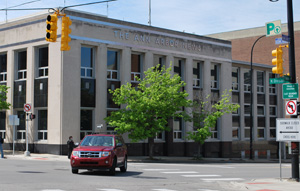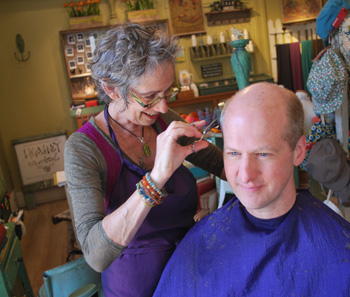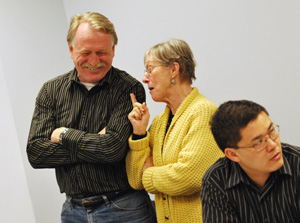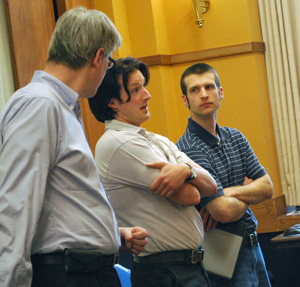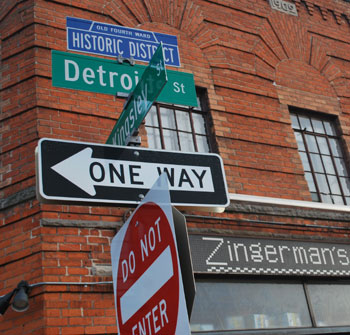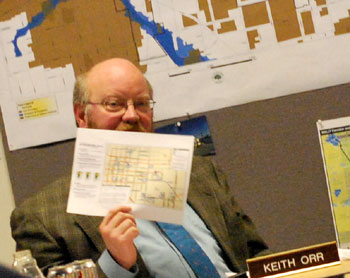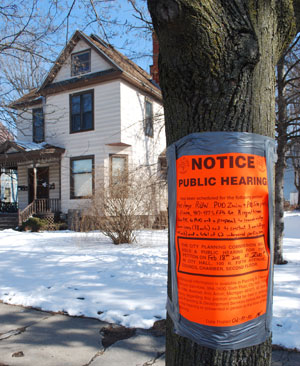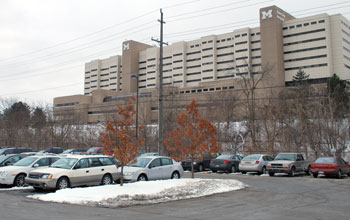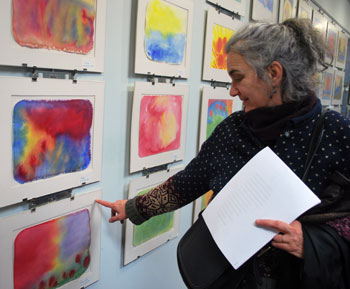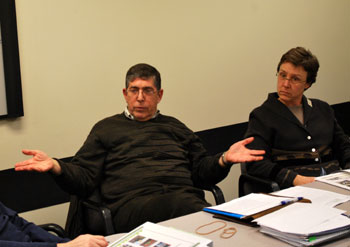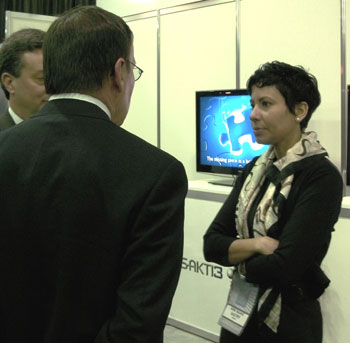Editor’s Note: The monthly milestone column, which appears on the second day of each month – the anniversary of The Ann Arbor Chronicle’s launch – is an opportunity for either the publisher or the editor of The Chronicle to touch base with readers on topics related to this publication.
Almost a year ago, on March 23, 2009, Advance Publications announced that it would shut down The Ann Arbor News later that year. Ann Arbor Chronicle publisher Mary Morgan wrote a column about that announcement: “Why We Grieve The Ann Arbor News.”

James "Jay" T. Hamilton's book, "All the News That's Fit to Sell" is available on Amazon.com. (Image links to Amazon)
It would be fitting and proper to think back and reflect, ponder, and meditate again on the closing of The Ann Arbor News. But in that column, Mary writes about “moving toward a future in which the landscape of [her] life has unalterably shifted.”
So this month’s Milestone is more about moving forward than looking back. And that’s one reason we’re throwing Chronicle readers a curve ball: Flouting the usual alternating batting order for editor and publisher, I’m stepping to the plate two months in a row to take a hack at the Monthly Milestone.
To make this column easier to read, I’ll tell you what’s coming – I’ll be concluding with a straight sales pitch. [If you're not a fan of baseball then, for crying out loud, be a fan of spring ... spring training games start in a few weeks.]
The pitch I’ll make is informed by a trip I made to Washington D.C. a couple of weeks ago. At the invitation and expense of the Miller Center of Public Affairs at the University of Virginia, I attended a session of the working group they’ve established there on media and governance. It’s a group that includes representatives of the Federal Trade Commission and the Federal Communications Commission – they’ll be putting together a report for Congress on existing and new media, and their role in providing information on governance issues.
I shared with the group our experience here at The Ann Arbor Chronicle. But greater than any value I provided to them, I’m certain, is the value I took away from the meeting. This column is mostly what I learned from Duke University professor of political science and economics, James “Jay” Hamilton, who had also been invited to address the working group. [Full Story]
